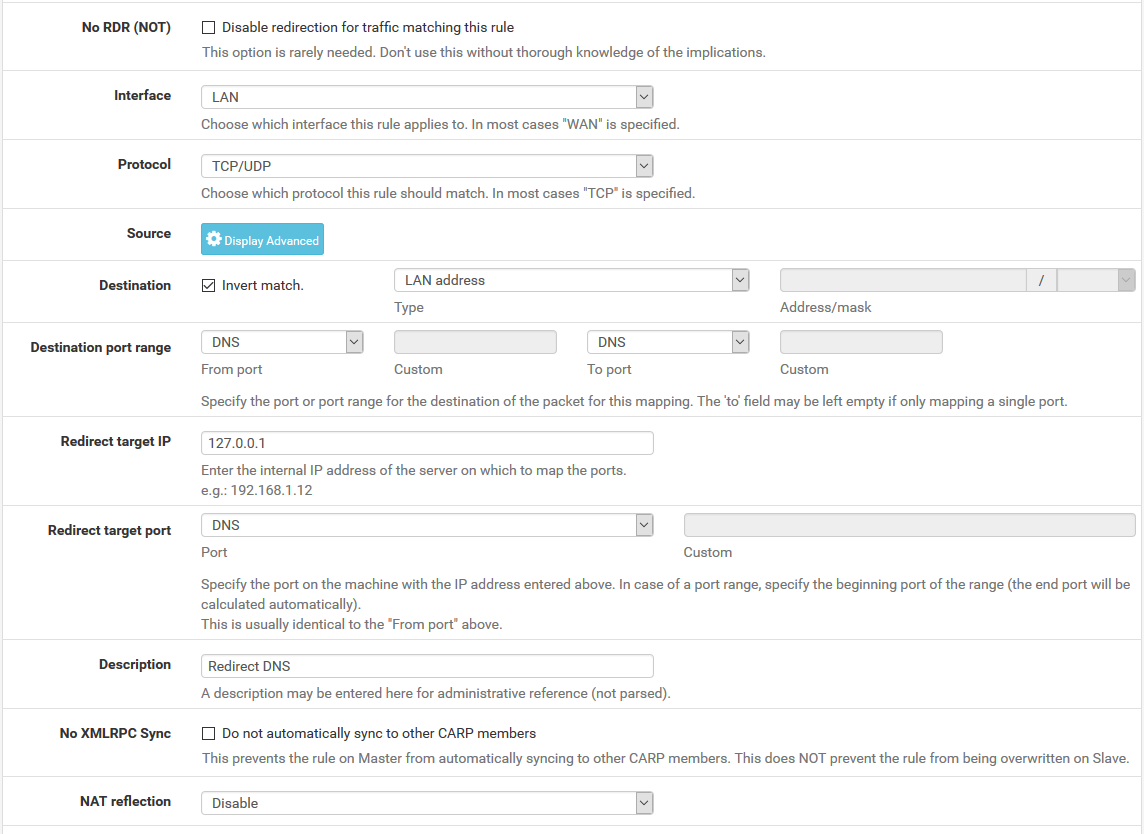Dynamic Dns Pfsense Time Interval
Built-in Service TypeIn pfSense you can use Dynamic DNS services with ClouDNS, using the built-in Service Type - ClouDNS. This feature uses our HTTP API and your subscription must have API access. You can find more information about API.Once your API account is created, please follow the steps below:1.

Navigate to Services tab in pfSense webConfigurator2. Click on Dynamic DNS3. Click on Add button4. Select ClouDNS in Service Type drop-down menu5.

Pfsense Dynamic Dns Not Updating
Enter your hostname6. Enter your domain name7. Enter the auth-id or sub-auth-id in Username8. Enter your auth-password in field Password9. Type in the desired TTL of your Dynamic record10.
My previous articles on Configure Dynamic DNS with NoIP and Accessing the firewall with Dynamic DNS has information on allowing firewall access over internet. Have a quick read and prepare the firewall to access over WAN. Pfsense is a good treat as I always say, comparing to other firewalls and is open-source. The way that dynamic DNS works is that it will map a hostname that we specify to the current WAN IP address. Dynamic DNS will check at a certain interval the WAN IP and maintain the hostname to IP address mapping current so that when we tried to reach the hostname over the internet then it will point to the correct WAN IP address of our router. So I need to create an IPSEC point to point link between two sites so my two FreeNAS boxes can replicate between each other as per this project. I already run my network on PfSense and have done for a few years now and think it’s great so slapping a PfSense box at my mother’s house.
Click on Save.There are some disadvantages in the pre-configured method in pfSense:1. You must have API access (available for subscriptions)2.
It is impossible to set/manage dynamic record for root domain (e.g. Example.com).We recommend to use our services with pfSense as a Custom Service Type, as API access and Premium subscription are not required. Custom Service Type pre-configuration requirementsOpen the DNS zone which you want to connect with Dynamic URL.
Find the A or AAAA record which you would like to be updated dynamically and click on the arrows on the row for this record. Afterwards, you have to Activate the Dynamic URL in the pop-up.

Once you do it, you will see example scripts, used for record update. In this setup, you will need the first one, which looks like this:https://ipv4.cloudns.net/api/dynamicURL/?q=your-string-hereorhttps://ipv6.cloudns.net/api/dynamicURL/?q=your-string-here.
Update one domain name.Non SSL:Format:all domains in your account.Non SSL:Format:an alias.Non SSL:Format:all hostnames with the same location name.Non SSL:Format:You should replace the USERNAME in the URL with your Dynu account username.2. The PASSWORD field should be replaced withyour Dynu password,or / encrypted password.3. Windows 10 desktop.ini viewstate search. The Location field should be replaced with the location name you assigned to the hostnames.If you still have questions on the configuration, you may refer to thepageorsupport.